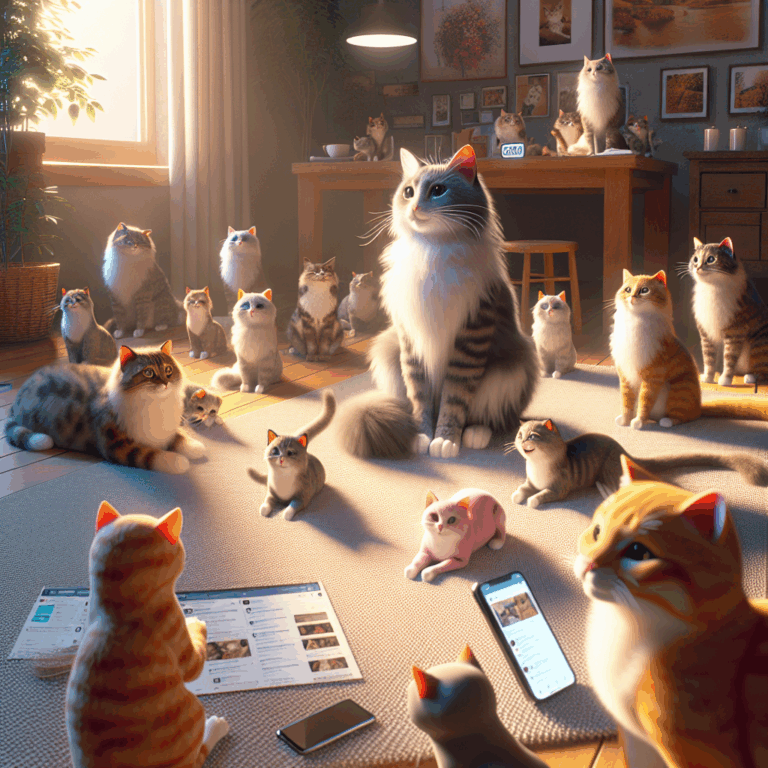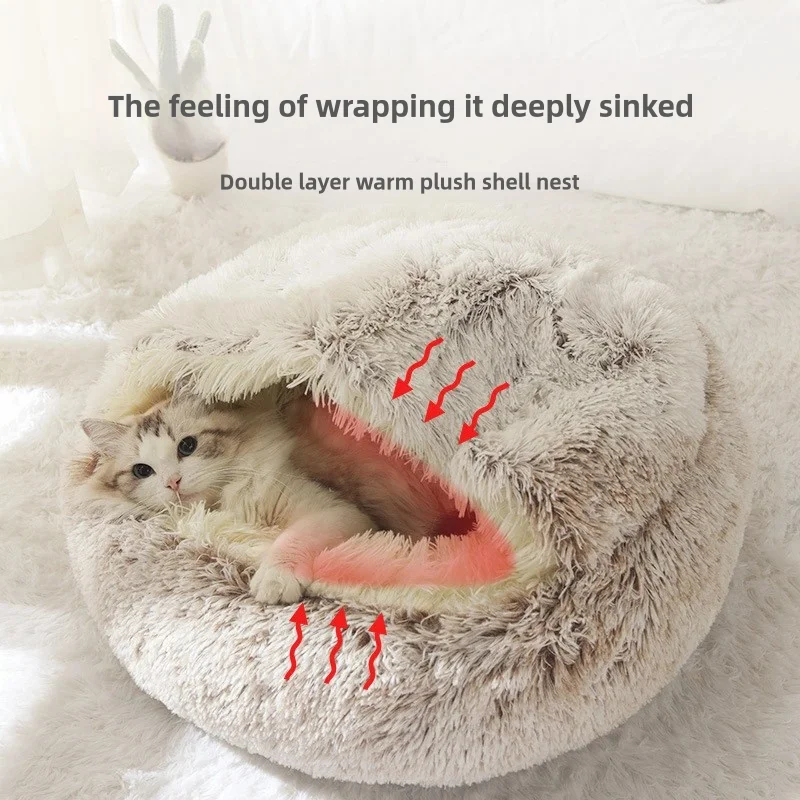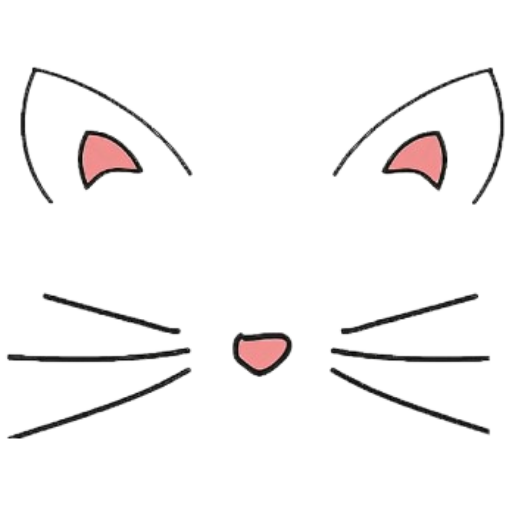The Rise of Cat Influencers: How Felines Are Taking Over Social Media
- No Comments
In the fast-paced world of social media, where trends and influencers can rise and fall overnight, one surprising group has clawed its way to the top: cats. These furry creatures have become internet sensations, amassing millions of followers across platforms like Instagram, TikTok, and YouTube. The phenomenon of cat influencers is not just a fleeting trend; it is a reflection of the profound bond humans share with their feline companions and an intriguing case study of social media dynamics.
The ascent of cats in the digital realm can be traced back to the early days of internet culture, with viral sensations like “Keyboard Cat” and “Grumpy Cat” setting the stage for what was to come. However, the landscape has evolved dramatically since then. Today, cat influencers are not mere memes; they are carefully curated brands with their own distinct personalities, aesthetics, and narratives. Owners, or rather “cat managers,” invest significant time and resources into photographing their pets, crafting engaging content, and interacting with fans.
What makes cats such appealing subjects for social media? Experts suggest it is a combination of their natural charisma, unpredictable antics, and the comfort they provide in a digital world often filled with chaos. Cats have an innate ability to evoke joy and tranquility, qualities that are highly sought after in online spaces. Moreover, their expressive faces and quirky behaviors offer endless opportunities for content creation, from short comedic clips to heartwarming stories of rescue and companionship.
The impact of cat influencers extends beyond entertainment. Many of these social media moguls have used their platforms for philanthropic purposes, raising awareness and funds for animal shelters and rescue organizations. For instance, Nala Cat, one of the most followed feline influencers, has been actively involved in campaigns that promote pet adoption and responsible pet ownership. This blend of cuteness and advocacy has endeared these influencers to audiences worldwide, creating a community of animal lovers united by a common cause.
The economic implications of cat influencers cannot be overlooked. As their popularity has surged, so too has the market for pet-related products and services. Brands are eager to collaborate with these feline celebrities, offering sponsorships and endorsements that can significantly boost a product’s visibility. From gourmet pet food to high-end accessories, the consumer demand for items featured by popular cat influencers continues to grow, highlighting the lucrative potential of this unique niche.
However, the rise of cat influencers also raises questions about animal welfare and exploitation. Critics argue that the pressure to maintain an online presence can lead to overexposure and stress for the animals involved. It is crucial for cat managers to prioritize the well-being of their pets, ensuring that their participation in social media activities is voluntary and enjoyable. Transparency and ethical practices are essential in navigating the balance between fame and animal rights.
In conclusion, the phenomenon of cat influencers is a testament to the enduring allure of these enigmatic creatures. As they continue to capture the hearts and screens of millions, it is clear that cats have secured their place as icons of the digital age. Whether providing a moment of levity in a hectic day or championing important causes, these feline stars remind us of the simple joys and profound connections that pets bring into our lives. As the world of social media continues to evolve, one thing remains certain: cats will always find a way to charm their way into our virtual hearts.

In the fast-paced world of social media, where trends and influencers can rise and fall overnight, one surprising group has clawed its way to the top: cats. These furry creatures have become internet sensations, amassing millions of followers across platforms like Instagram, TikTok, and YouTube. The phenomenon of cat influencers is not just a fleeting trend; it is a reflection of the profound bond humans share with their feline companions and an intriguing case study of social media dynamics.
The ascent of cats in the digital realm can be traced back to the early days of internet culture, with viral sensations like “Keyboard Cat” and “Grumpy Cat” setting the stage for what was to come. However, the landscape has evolved dramatically since then. Today, cat influencers are not mere memes; they are carefully curated brands with their own distinct personalities, aesthetics, and narratives. Owners, or rather “cat managers,” invest significant time and resources into photographing their pets, crafting engaging content, and interacting with fans.
What makes cats such appealing subjects for social media? Experts suggest it is a combination of their natural charisma, unpredictable antics, and the comfort they provide in a digital world often filled with chaos. Cats have an innate ability to evoke joy and tranquility, qualities that are highly sought after in online spaces. Moreover, their expressive faces and quirky behaviors offer endless opportunities for content creation, from short comedic clips to heartwarming stories of rescue and companionship.
The impact of cat influencers extends beyond entertainment. Many of these social media moguls have used their platforms for philanthropic purposes, raising awareness and funds for animal shelters and rescue organizations. For instance, Nala Cat, one of the most followed feline influencers, has been actively involved in campaigns that promote pet adoption and responsible pet ownership. This blend of cuteness and advocacy has endeared these influencers to audiences worldwide, creating a community of animal lovers united by a common cause.
The economic implications of cat influencers cannot be overlooked. As their popularity has surged, so too has the market for pet-related products and services. Brands are eager to collaborate with these feline celebrities, offering sponsorships and endorsements that can significantly boost a product’s visibility. From gourmet pet food to high-end accessories, the consumer demand for items featured by popular cat influencers continues to grow, highlighting the lucrative potential of this unique niche.
However, the rise of cat influencers also raises questions about animal welfare and exploitation. Critics argue that the pressure to maintain an online presence can lead to overexposure and stress for the animals involved. It is crucial for cat managers to prioritize the well-being of their pets, ensuring that their participation in social media activities is voluntary and enjoyable. Transparency and ethical practices are essential in navigating the balance between fame and animal rights.
In conclusion, the phenomenon of cat influencers is a testament to the enduring allure of these enigmatic creatures. As they continue to capture the hearts and screens of millions, it is clear that cats have secured their place as icons of the digital age. Whether providing a moment of levity in a hectic day or championing important causes, these feline stars remind us of the simple joys and profound connections that pets bring into our lives. As the world of social media continues to evolve, one thing remains certain: cats will always find a way to charm their way into our virtual hearts.


